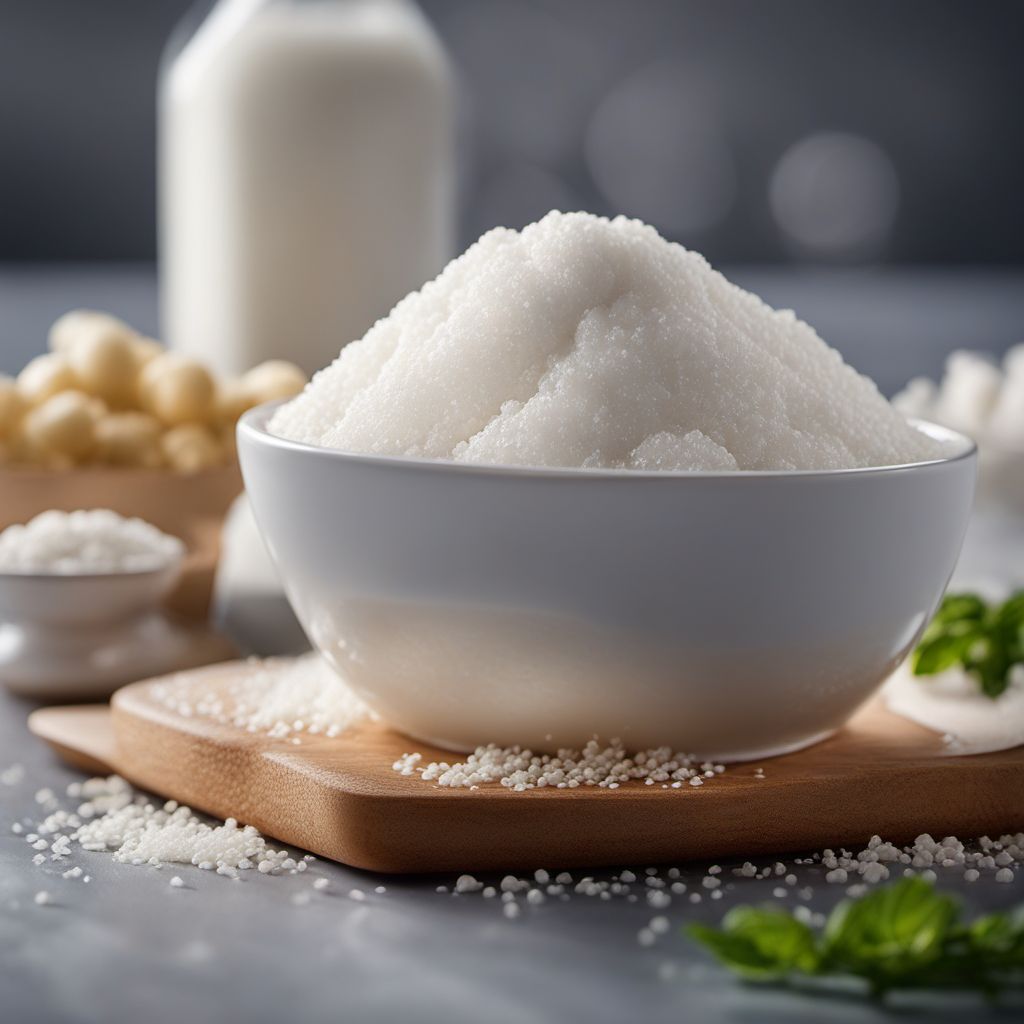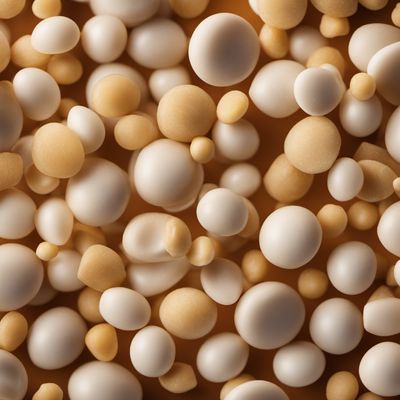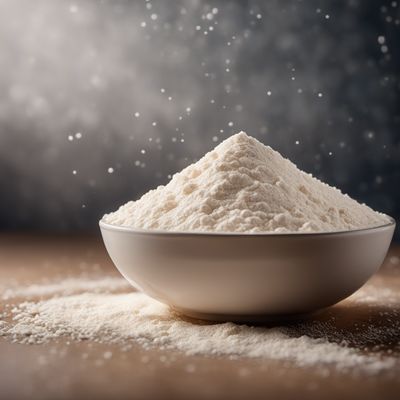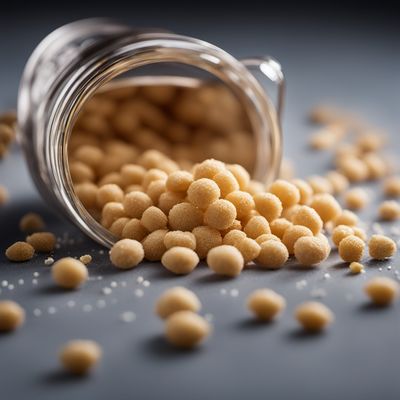
Ingredient
Emulsifying salts
The Magic of Emulsifying Salts
Emulsifying salts, also known as emulsifiers, are compounds that help create and stabilize emulsions by reducing the surface tension between oil and water. They are commonly used in the production of processed foods, such as mayonnaise, salad dressings, and ice cream, to improve texture and prevent separation. Emulsifying salts come in various forms, including sodium citrate, sodium phosphate, and lecithin, and are prized for their ability to create smooth and creamy textures in a wide range of culinary applications.
Origins and history
Emulsifying salts have a rich history in the food industry, with their use dating back to the early 20th century. They were initially developed to address the challenges of stabilizing emulsions in processed foods. Over time, their applications expanded to include various culinary creations, from creamy sauces to airy foams. Emulsifying salts have revolutionized the way we approach texture and stability in the kitchen, allowing chefs and home cooks alike to achieve professional-quality results.
Nutritional information
Emulsifying salts are low in calories and do not provide significant nutritional value on their own. However, they play a crucial role in improving the texture and mouthfeel of foods, making them more enjoyable to consume.
Allergens
Emulsifying salts do not pose any known allergenic risks.
How to select
When selecting emulsifying salts, opt for high-quality brands that clearly state the type of salt used, such as sodium citrate or sodium phosphate. Look for products that are free from additives or preservatives. Additionally, consider the specific application you have in mind and choose the appropriate emulsifying salt accordingly.
Storage recommendations
To maintain the freshness and quality of emulsifying salts, store them in a cool, dry place away from direct sunlight. Ensure that the packaging is tightly sealed to prevent moisture absorption, which can affect their performance.
How to produce
Emulsifying salts are typically produced in specialized food processing facilities using precise formulations and techniques. As an amateur, it is not feasible to produce emulsifying salts at home.
Preparation tips
Emulsifying salts are best used in recipes that require the creation of stable emulsions, such as mayonnaise, salad dressings, and ice cream. When using emulsifying salts, follow the recommended usage guidelines provided by the manufacturer to achieve optimal results. Experiment with different ratios to find the perfect balance of texture and flavor in your creations.
Culinary uses
Emulsifying salts are widely used in the culinary world to create smooth and stable emulsions in a variety of dishes. They are commonly found in mayonnaise, salad dressings, ice cream, and other creamy sauces. Emulsifying salts are a staple ingredient for chefs and home cooks looking to elevate the texture and mouthfeel of their culinary creations.
Availability
Emulsifying salts are commonly available in grocery stores, specialty food stores, and online retailers that cater to culinary professionals and enthusiasts.
More ingredients from this category » Browse all

Emulsifier
The Harmony Enhancer

Stabiliser
The Secret Ingredient for Perfect Texture

Glazing agent
Enhancing Food Appeal

Preservative
Preserving the Goodness: Unveiling the World of Food Preservatives

Bulking agent
The Secret to Fluffy Delights: Bulking Agent

Antioxidant
"Nature's Defense: Unleashing the Power of Antioxidants"

Firming agent
The Secret Ingredient for Perfect Texture

Anti-caking agent
The Secret Ingredient: Unveiling the Magic of Anti-Caking Agents

Flour treatment agent
The Secret Ingredient for Perfect Baked Goods

Flavour enhancer
The Magic of Umami

Acidity regulator
The Balancing Act: Understanding Acidity Regulators

Modified starch
The Versatile Transformations of Starch